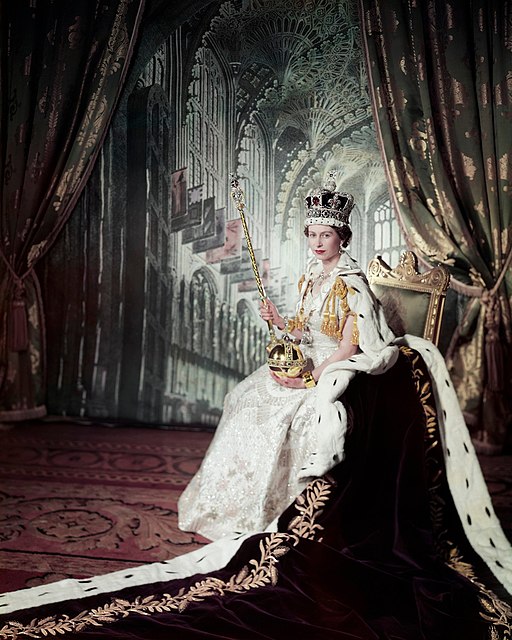Liberty Matters
Australia—Constitutional sovereign monarchy or crowned republic?
 Carelessly, I used the phrase “crowned republic” in the last sentence of my lead essay. I say “careless”, because I can’t recall whether I had the UK or Australia in mind when I wrote it.
Carelessly, I used the phrase “crowned republic” in the last sentence of my lead essay. I say “careless”, because I can’t recall whether I had the UK or Australia in mind when I wrote it.This was brought home to me while reading Stephen Davies’s piece, where he draws a careful distinction between constitutional sovereign monarchies and crowned republics. The UK really is a place where powers are exercised by others but reside in the Crown. Every British lawyer knows that prerogative powers were once monarchical powers. That prime ministers and their cabinets now wield them is in many respects an accident of history.
What, then, does that make Australia, a constitutional sovereign monarchy, or a crowned republic? Although it has unusual institutions and electoral arrangements—two houses of equal power, compulsory registration and voting, a federal structure, no entrenched constitutional rights—its governance is nonetheless recognisably Westminster. The powers its executive wields also have roots in the UK’s royal prerogative.
My instinct is to call Australia a crowned republic, not only because ultimate sovereignty resides in the people, but given the form that sovereignty takes. Ever since Federation in 1901, Australia as a polity has always been more concerned with democracy and majorities than with liberty and rights.
However, that raises further questions. There was a period when Australia, like the UK, was a constitutional sovereign monarchy. Working out when it stopped being one is hard. Meanwhile, Carolyn Harris’s and Elena Woodacre’s pieces are a reminder that this is the sort of inquiry one must make for multiple countries, each with their distinctive histories, and that one form isn’t better than the other.
At least in Australia’s case, the shift from constitutional sovereign monarchy to crowned republic didn’t come about through passage of specific legislation (Statute of Westminster 1931 and the Australia Acts 1986 both being possible candidates) but thanks to an historical event: the 1975 Constitutional Crisis.
Known as “the Dismissal” in Australia, the 1975 Crisis emerged because the country’s constitutional Framers had built a system whereby the House of Representatives (lower house) and the Senate (upper house) are not only elected using different—and equally democratic—voting methods, but also enjoy near-equal power. The Senate cannot initiate money bills, for example, but it can block them. In 1975, when it was controlled by a different political party from that commanding a majority in the lower house, it “blocked supply”, meaning that unless the incumbent prime minister called an election, the government would run out of funds to pay the country’s military and civil service.
The prime minister refused to call an election, with the result that the Queen’s official representative, the Governor-General, sacked him. A caretaker PM was installed, and only then was an election called.
In the upshot, Australia’s political establishment had to do two things. First, it had to acknowledge that the problem was of local origin: the UK did not draft Australia’s Constitution. Secondly, Australians had to find a solution themselves, without calling on either the Palace or the UK Parliament.
This happened in stages, first with a (successful) referendum to change the Constitution, and secondly when the country’s major political parties undertook never to use their numbers in the Senate to block essential money bills. Both groups of political combatants recognised they had taken the nation to the brink, and any further attempt to involve the Palace would be deeply improper.
Little wonder, then—when asked in 1999—the sovereign Australian people voted to retain their crowned republic.
Copyright and Fair Use Statement
“Liberty Matters” is the copyright of Liberty Fund, Inc. This material is put on line to further the educational goals of Liberty Fund, Inc. These essays and responses may be quoted and otherwise used under “fair use” provisions for educational and academic purposes. To reprint these essays in course booklets requires the prior permission of Liberty Fund, Inc. Please contact oll@libertyfund.org if you have any questions.